Mid Wave Infrared (MWIR)
The Mid Wave Infrared (MWIR) imaging band offers some unique capabilities for surveillance and other applications. With wavelengths ranging from approximately 3.0µm to 5.0µm, MWIR imaging operates in a part of the spectrum that avoids most of the water vapor absorption bands, which makes it especially valuable for use in humid environments.
One of the key characteristics of MWIR imaging is its exclusive use of cooled detectors. The materials that can detect thermal radiation in the MWIR band can only operate at cryogenic temperatures, but at those temperatures these detectors become far more sensitive than any uncooled LWIR detectors. This means that MWIR systems can detect very small differences in temperature, which is also useful in scientific imaging systems. The extreme sensitivity of such systems means that MWIR imagers can also use higher F-number optics (which gather less light energy than lower F-number systems); since these detectors are so much more sensitive than uncooled detectors, they can still gather enough energy from higher F-number optics to give the quality of imagery that uncooled system give with low F-number optics. Practically speaking, this means that cooled MWIR optics can be much smaller (for the same focal length) than those needed for uncooled LWIR system; this allows longer focal length systems to be produced much more affordably with cooled MWIR detectors.
However, the MWIR detectors themselves tend to be more expensive than their Long Wave Infrared (LWIR) counterparts, due to the need for the coolers. Also, cooled detectors will require periodic maintenance (cooler replacement), ultimately adding to the lifecycle cost of the system. Some of the extra initial cost is balanced off against the cost of the massive (low F-number) optics needed to make a long focal length uncooled system. What this all means is that there tends to be a point with respect to focal length where cooled MWIR is more affordable than uncooled LWIR. Generally, systems that need focal lengths of about 300mm or more tend to be more affordable in MWIR, while systems needing shorter focal lengths are more affordable in uncooled LWIR. Of course, the eventual need for cooler replacement remains, regardless of the focal length. Advances in cooler technology have led to longer cooler lifespan, which means that cooled MWIR systems now can operate for several years (sometimes longer) without needing cooler replacement.
Because of all of these factors, cooled MWIR systems are used exclusively in very long-range imaging systems in all environments, and shorter range cooled MWIR systems are used in maritime (or especially humid) environments. Uncooled LWIR system are much more common in short to mid-range systems, and in dry to moderate humidity applications.
